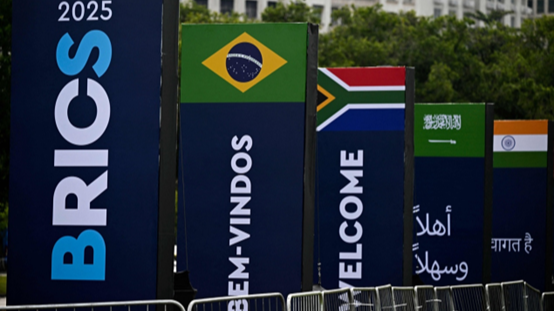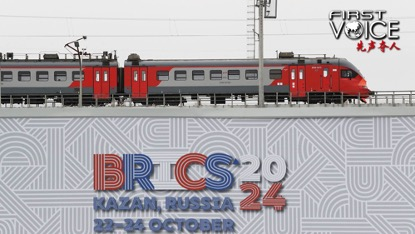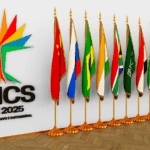As global trade faces renewed uncertainty ahead of a critical U.S. tariff decision deadline, the 17th BRICS Summit in Rio de Janeiro has emerged as a focal point for nations seeking alternatives to Western-dominated economic frameworks. The expanded bloc – now representing 48.5% of the world's population and 39% of global GDP – is positioned to address pressing challenges in supply chain resilience and currency diversification.
A New Economic Architecture
With 11 member states and 10 partner countries, BRICS aims to accelerate economic integration through reduced trade barriers and increased use of national currencies. This strategy gains urgency as former U.S. President Donald Trump threatens 100% tariffs on BRICS nations, potentially reshaping global trade dynamics.
Global South Demands Equity
The pandemic's vaccine inequity and ongoing conflicts in Ukraine and Gaza have intensified calls for reformed global governance. BRICS' expansion reflects growing consensus among developing nations that current institutions fail to protect their interests in security, resource allocation, and conflict resolution.
Beyond Economic Cooperation
Analysts highlight BRICS' evolving role in addressing poverty, climate transition, and infrastructure development. The summit's outcomes could influence how emerging economies navigate U.S.-China tensions and Western protectionist policies while pursuing sustainable growth models.
Reference(s):
cgtn.com








